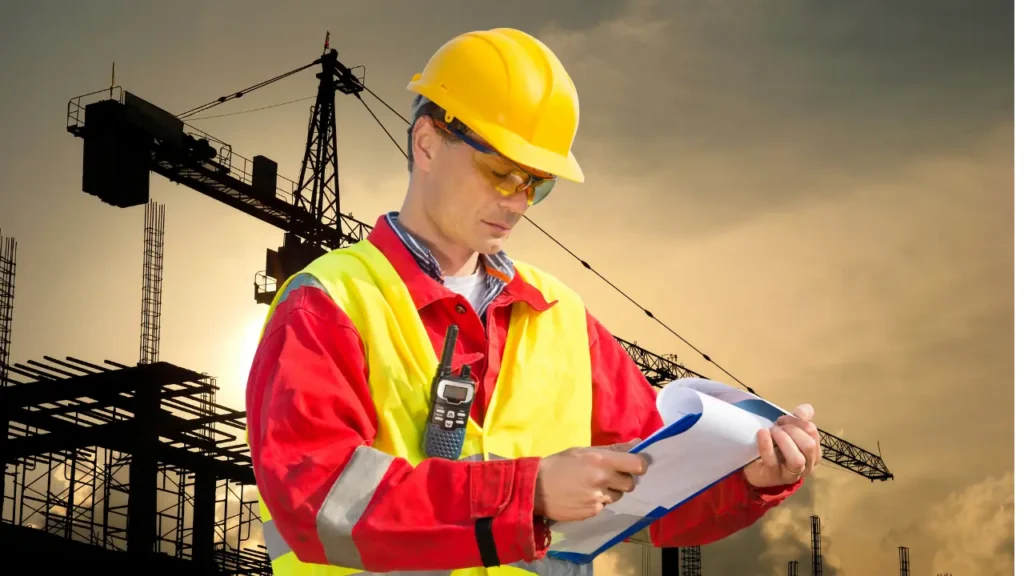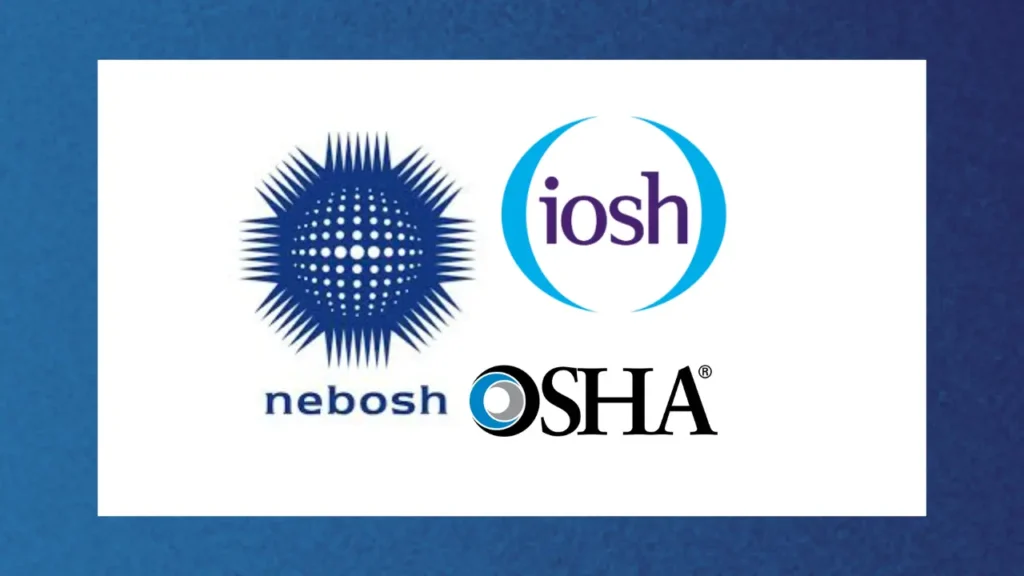Health and Safety Leadership: Safety Supervisor
In Safety Management, the key role of Safety Supervisor is ensuring occupational health and safety within diverse industries. In any organization, the role of Safety department plays a pivotal part by overseeing the daily safety and well-being of employees under their supervision. Their duties encompass more than task delegation, requiring active enforcement of safety procedures to promote a safe work environment. A key part of this role involves fostering a culture where employees are encouraged to report workplace hazards or unsafe conditions without apprehension of backlash.

Qualifications, Education, and Certifications
To become a Safety Supervisor, and advancing within the safety profession, it requires the combination of formal education, practical work experience, and specialized workplace related certifications. The specific requirements often vary depending on the desired level of responsibility and the work industry types and categories.
Academic Requirement
- Bachelor Degree (Preferred in Science or Engineering Subjects) or
- 3 Years Diploma in Engineering or Science Subjects
Certifications
- NEBOSH IGC (Mandatory)
- OSHA 30 hours (Construction)
- ISO 45001 Lead Auditor
- ISO 14001
- IOSH Managing Safely
- Fist Aid and BLS
- OTHM level 6 (preferred)
- ASP or Certified Safety Professional (CSP)
Experience
At least 7 years of experience in different industries with 3 years of same position or Senior Safety Officer role. Also preferred to be approved from top level organizations.
Unique Features of Supervisors
Some unique features of Certified Safety Supervisors compared to Safety Officers include:
- Strong and effective communication skills
- Project management skills awareness
- First line of defense against workplace incidents
- Requires continuous vigilance and proactive interventions
- Direct engagement with the workforce to identify potential risks
- Implementation of immediate corrective actions
- Promotion of safe behavioral practices
- Role as proactive leaders, not just compliance officers
- Fostering a safety-conscious organizational culture
- Elevation of safety to an integral component of operational excellence
- Strategic imperative for long-term organizational success
Career Progression Paths:
The safety profession offers a structured yet flexible career ladder, often mirroring general organizational hierarchies:
-
Entry/Mid-Level Roles: Professionals typically begin with the role of Safety Officer or Safety Technician, after serving as a Safety Officer more than 4 years, organization may promote you Safety Supervisor or senior Safety Officer, that build a path to become a Safety Supervisor. The Safety Supervisor role itself can serve as a mid-level position, providing a solid foundation in direct safety management or can further improve to Safety Coordinator or Safety Specialist or Safety Advisor positions.
-
Mid-to-Senior Level Progression: Advancement can lead to positions like Safety Manager, Senior Safety Specialist, Senior Supervisor, or Associate Manager. The career path to a “Senior Safety Specialist” highlights that experience in broader management roles, such as Associate Manager or Safety Engineer, can be a valuable stepping stone to senior safety positions, underscoring the importance of transferable skills beyond a strictly linear safety-focused trajectory.
-
Leadership/Executive Level: At the pinnacle of the career ladder are roles such as EHS Director, Senior EHS Manager, Associate Director, or Vice President of Safety and Health. Director-level positions are particularly common in heavy industry or large construction firms.
-
Specialized Roles: Professionals may also choose to specialize in specific areas, becoming Environmental Health and Safety Specialists, Safety Engineers, Safety Consultants, Loss Control Consultants, Risk Managers, or Injury Prevention Specialists.
-
Career Journey Stages (from a Safety Manager’s perspective): One framework describes a professional’s journey through distinct stages: from an “Overlooked Safety Employee” to an “Underappreciated Safety Manager,” then an “Overwhelmed Subject Matter Expert,” and ultimately an “In Control Safety Professional” or a highly regarded “Respected Safety Rockstar.” This progression emphasizes the continuous effort required to gain management support, actively foster a pervasive safety culture, and evolve into a true leader within the organization.
Roles and Responsibilities of Safety Supervisor
The roles and responsibilities of Safety Supervisor may varies based on organization and industry types, nut generally the main responsibilities are:
- Support the full implementation of the project EH&S Plan.
- Actively promote the development of a ‘Total Safety Culture’ and provide support during the implementation of all related (leadership) activities.
- Establish and communicate safety rules and standards to all employees of contractor and subcontractors.
- Provide appropriate resources, tools and training for employees.
- Award Contracts using Safety, Health and Environmental criteria.
- Conduct & document safety meetings.
- Conduct inspections and tours regularly to maintain facilities in a safe condition.
- Correct Unsafe act and conditions promptly.
- Maintain facility emergency plans and conduct emergency drills.
- Investigate injuries, spills and other incidents and promptly provide corrective actions.
- Review Organization and employee’s safety performance periodically and provide feedback.
- Maintaining statistical records and reporting these to management.
- Such reports would cover accidents and near accidents, frequency and severity of major and minor injuries, costs of accidents-general and specific, actual and potential.
- Obtaining and presenting audiovisual aids to all employees to prevent injuries on and off the job.
- Visual inspection of safety devices on the job.
- To update review and enforce the fire detection and fire control system and additional training and educational programs on fire prevention and fighting.
- Implementation of work permits system.
- To detect existing or potential accident and health hazards, determines corrective or preventative measures.
- Monitors the removal of physical, biological and chemical hazards, and training of employees on safety policies, procedures, and regulations.
- Performs other duties as assigned

